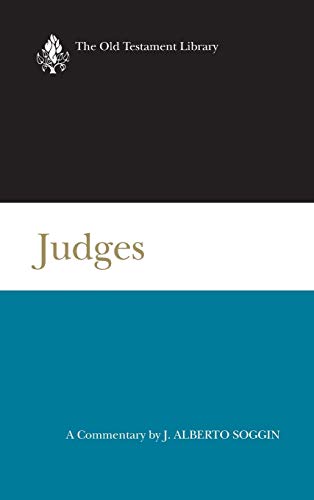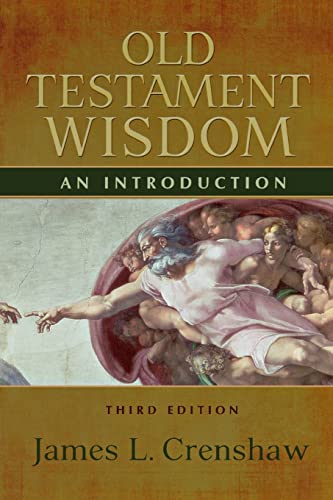The Church in the Theology of the Reformers
Written by Paul D. L. Avis Reviewed By David F. WrightThe scope of this book is as much concealed as revealed by its title. The author, an Anglican vicar in Devon already known for studies of Reformation theology, presents it as a systematic and comparative account of three aspects of its ecclesiology—the doctrine of the ‘true church’ and its marks (notae), the developing understanding of ordered ministry, and the emergence of Protestant missionary concern. The third theme, which includes a brief review of how the reform spread within Christian Europe as well as chapters on attitudes and relations towards Jews and heathen, especially the Turks and Islam, takes us some distance from ecclesiology proper. Nor does Dr Avis elsewhere unfold the Reformers’ views on ‘the people of God’ and its continuity in Old and New Israel. He advances a necessary corrective to unhistorical criticisms of their blind spot about the great commission, but he may grant their missionary vision more credit than strict justice would allow.
The first section of the book traces the development from Luther’s initial bold focus on ‘the Christological centre’ as alone constitutive of the church, via the progressive clarification of identity marks (basically two or three, depending on whether discipline is added to Word and sacraments) to a growing preoccupation with ‘defining the circumference’. ‘The Christological centre’ is not so much Christ himself as the gospel, especially the preached gospel. The Christological creation of the church is not in view here; there is no investigation of election and incorporation into Christ or of ‘the body of Christ’ in Reformation thought. If Luther’s ecclesiology was that of ‘a pure idealist’, and if other Reformers so refined the doctrine of the notae ecclesiae that it ran into a dead end, it was in Dr Avis’ opinion the Anglicans Richard Hooker and Richard Field who evolved a more open, pragmatic, realistic and ecumenical approach.
The special interest in Anglican divinity (Field was not born until 1561) continues in the second section with extensive discussions of episcopacy, the godly prince and royal supremacy. The author claims that true Erastianism is not evident until Hobbes (for Erastus was no Erastian), and argues powerfully for ‘the unmistakably reformed character of [the Anglican Reformers’] doctrine of the ministry, notwithstanding their retention of the threefold ministry with the power of order normally reserved to bishops’. At the same time he cannot disguise the fact that, though their heart may have been in the right place, their theological heads got entangled in some risqué convolutions.
Dr Avis is abreast of recent scholarship on his chosen themes, and writes lucidly with a high degree of accuracy and a generous flow of quotations from the sources. There are several slips in the Latin (and Paganini is, however musical, a corruption of Pagnini). Bibliographical guidance is provided in the notes. It is good to find a sympathetic account of Anabaptism, which is treated as church rather than sect. The sacraments are more touched upon tangentially than confronted directly, but the omission of other dimensions of contemporary biblical ecclesiology, such as the church as community and as the sphere of the Spirit, argues more the fault of the Reformers than Dr Avis. He tackles issues that remain among the most contentious for intraevangelical debate. He is a reliable and sympathetic guide, perhaps too sympathetic. The Reformers’ largely unquestioned takeover of the ideal of the corpus Christianum blighted their efforts to recover a biblical image of the corpus Christi more than he allows. We owe them more for gospel than for church.
David F. Wright
David Wright is the Professor of Patristic and Reformed Christianity at New College, Edinburgh University. Amongst his specialist areas for teaching and research are infant baptism, Augustine and the Reformation.







